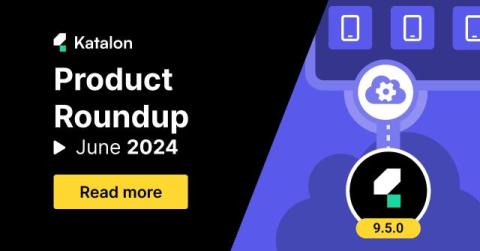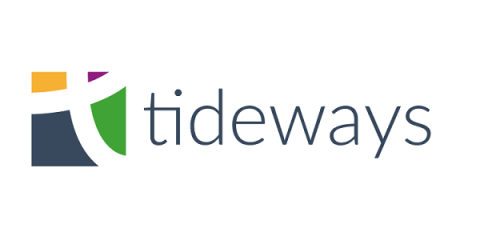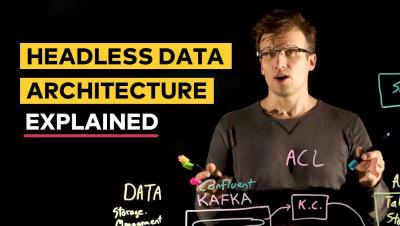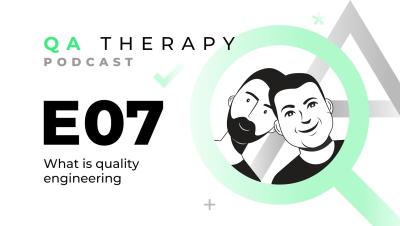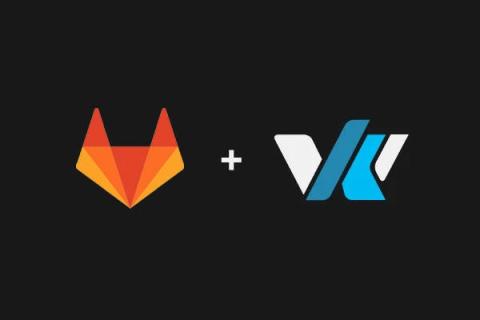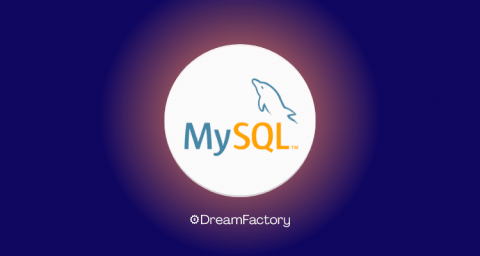Katalon Product Roundup - June 2024
Welcome to the June 2024 edition of the Katalon product roundup! We’re excited to bring you the latest updates and features designed to enhance your testing experience and streamline your processes. In this release, we have some game-changing features across Katalon Studio, Katalon Recorder, and TestCloud. Let’s dive into the details!


